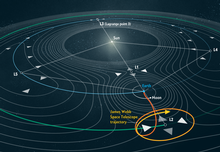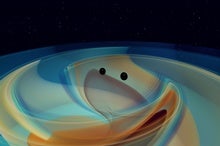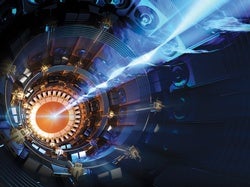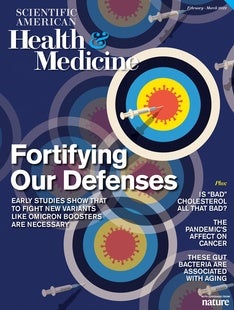 |
| January 27, 2022 |
Dear Reader,
Spurred by a looming deadline to send astronauts to Mars, after more than a half-century of fitful efforts NASA is once again pursuing the "nuclear option"—that is, the development and use of spaceborne fission reactors and nuclear-powered rockets. Will this time be different, or will it be yet another false start in the long quest to realize atomic fission's revolutionary potential for spaceflight? Read our lead story to find out—but, for balance, also check out this week's other nuclear-themed piece, about the toxic legacy of atmospheric nuclear weapon tests as experienced by "downwinders" who lived near U.S. blast sites. Elsewhere, we have fresh updates on the James Webb Space Telescope, the search for "Hawking radiation" from merging black holes, a commemoration of the 55th anniversary of the Apollo 1 disaster and more. |
| |
 |
| |
| |
| |
| Space Exploration What Is a Lagrange Point? NASA's James Webb Space Telescope will travel to a special spot where the gravity from Earth and the sun is balanced | | By Clara Moskowitz,Matthew Twombly | | | |
| |
| |
| |
| |
| |
FROM THE STORE
 | | | |
| |
| |
FROM THE ARCHIVE
 | | Can We Gauge Quantum Time of Flight? Measuring the time it takes particles to travel between two points may be the best test yet for Bohmian mechanics By Anil Ananthaswamy | October 2021 | | |
LATEST ISSUES
 |
| |
| Questions? Comments?  | |
| Download the Scientific American App |
| |
| |
























